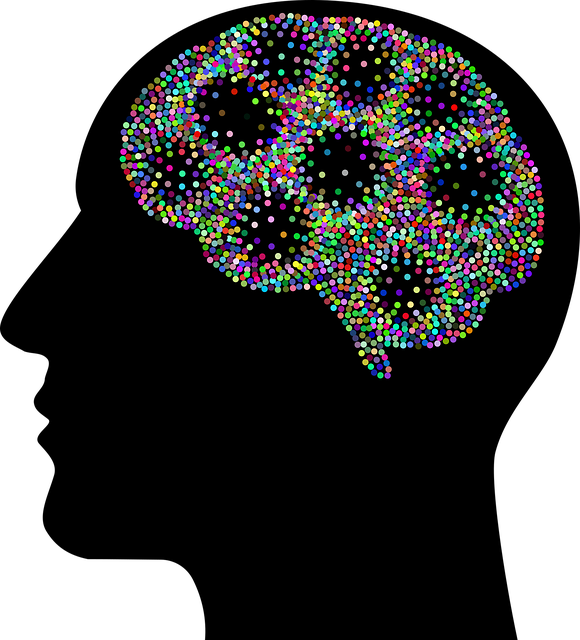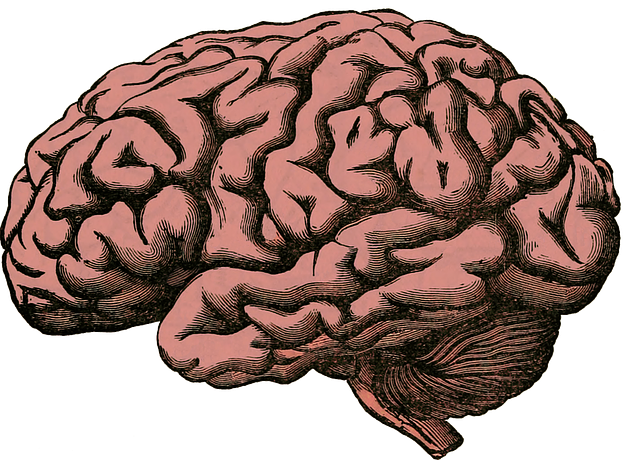Evaluating mental wellness programs for adolescent teens, especially those integrating American Sign Language (ASL) communication strategies, requires a blend of quantitative and qualitative metrics. Surveys measuring reduced anxiety, improved mood, and tailored ASL initiatives' impact ensure accessibility for deaf or hard-of-hearing teens. Community feedback from both participants and members guides informed improvements. Comprehensive evaluation methods, including pre-post tests, surveys, and longitudinal studies, identify successful strategies and areas for enhancement in therapy for adolescent teens, particularly those utilizing ASL, fostering equitable access to mental health services.
Mental wellness program evaluation is paramount in ensuring effective support for adolescent teens, especially those engaging in therapy. This article delves into essential methods for assessing and improving mental health initiatives, highlighting metrics, surveys, and qualitative insights. We explore the unique needs of teen participants, including considerations for accessibility through American Sign Language (ASL) interpretation. By understanding program impact, collecting valuable feedback, and fostering a culture of continuous improvement, we can drive long-term success in therapy for adolescent teens.
- Assessing Program Impact: Metrics and Surveys for Mental Wellness Initiatives
- – Understanding the need for evaluation in adolescent mental health programs
- – Types of assessments: Pre-post tests, surveys, and longitudinal studies
Assessing Program Impact: Metrics and Surveys for Mental Wellness Initiatives

Evaluating the impact of mental wellness programs is crucial to understanding their effectiveness and making informed improvements. Metrics play a significant role in assessing program success by quantifying outcomes related to participant well-being, such as reduced anxiety levels or improved mood. Surveys are another powerful tool; they gather qualitative data through feedback from adolescents and teens who have undergone therapy, offering insights into their experiences and perceived benefits.
In the context of American Sign Language (ASL) communication strategies integrated into mental health initiatives for young people, surveys can specifically explore the accessibility and effectiveness of these approaches. For instance, questions might gauge how well ASL-fluent counselors connect with deaf or hard-of-hearing teens, and whether this facilitates stress management techniques taught during therapy sessions. Community outreach program implementation could also be assessed through survey distribution to gather feedback from both participants and community members, ensuring the program aligns with the needs and preferences of its target audience.
– Understanding the need for evaluation in adolescent mental health programs

In the realm of adolescent mental health, evaluation serves as a compass guiding programs toward effectiveness and improvement. Understanding the unique challenges faced by young individuals necessitates tailored interventions, making comprehensive assessment crucial. By implementing robust evaluation methods, mental wellness programs can identify successful strategies and areas needing enhancement, ensuring tailored support for teen clients. This is particularly vital in addressing issues like anxiety relief and building empathy among professionals, as these factors significantly influence treatment outcomes.
The integration of American Sign Language (ASL) in therapy for adolescent teens opens doors to inclusive practices. ASL not only facilitates communication but also empowers deaf or hard-of-hearing youth to access mental health services equitably. Moreover, the risk assessment process becomes more nuanced when considering cultural and linguistic barriers, ensuring professionals are equipped with empathy-building strategies for a holistic approach to mental wellness evaluation.
– Types of assessments: Pre-post tests, surveys, and longitudinal studies

Evaluating mental wellness programs is a multifaceted process that involves diverse assessment methods to gauge their effectiveness. One common approach is the use of pre-post tests, which measure an individual’s mental health status before and after participating in a program. These tests provide a direct comparison, allowing researchers or practitioners to identify improvements or areas that require further attention. For example, programs focused on therapy for adolescent teens might utilize pre-post tests to assess changes in emotional well-being, stress levels, and social interactions.
Surveys are another valuable tool, offering insights into participants’ experiences and perceptions. They can be distributed at various intervals during and after the program to capture subjective feedback. This qualitative data complements quantitative findings from pre-post tests. For instance, surveys could explore satisfaction with therapy sessions, the usability of conflict resolution techniques taught, or improvements in mood management skills. Longitudinal studies, spanning an extended period, provide a comprehensive view by tracking participants’ mental health journeys over time, even after the formal program conclusion. This method is particularly relevant when examining the sustainability of interventions like Trauma Support Services, ensuring that benefits extend beyond the immediate program duration.
Evaluating mental wellness programs is essential for understanding their effectiveness in supporting adolescent well-being. By utilizing various assessment methods, such as pre-post tests, surveys, and longitudinal studies, we can gain valuable insights into the impact of initiatives like therapy for teenage mental health issues, especially in diverse populations. Incorporating American Sign Language (ASL) access ensures inclusivity, addressing a crucial aspect of reaching and supporting all teens, including those with hearing impairments. In summary, ongoing evaluation methods are key to refining programs and ensuring positive outcomes for young individuals navigating their mental health journeys.








